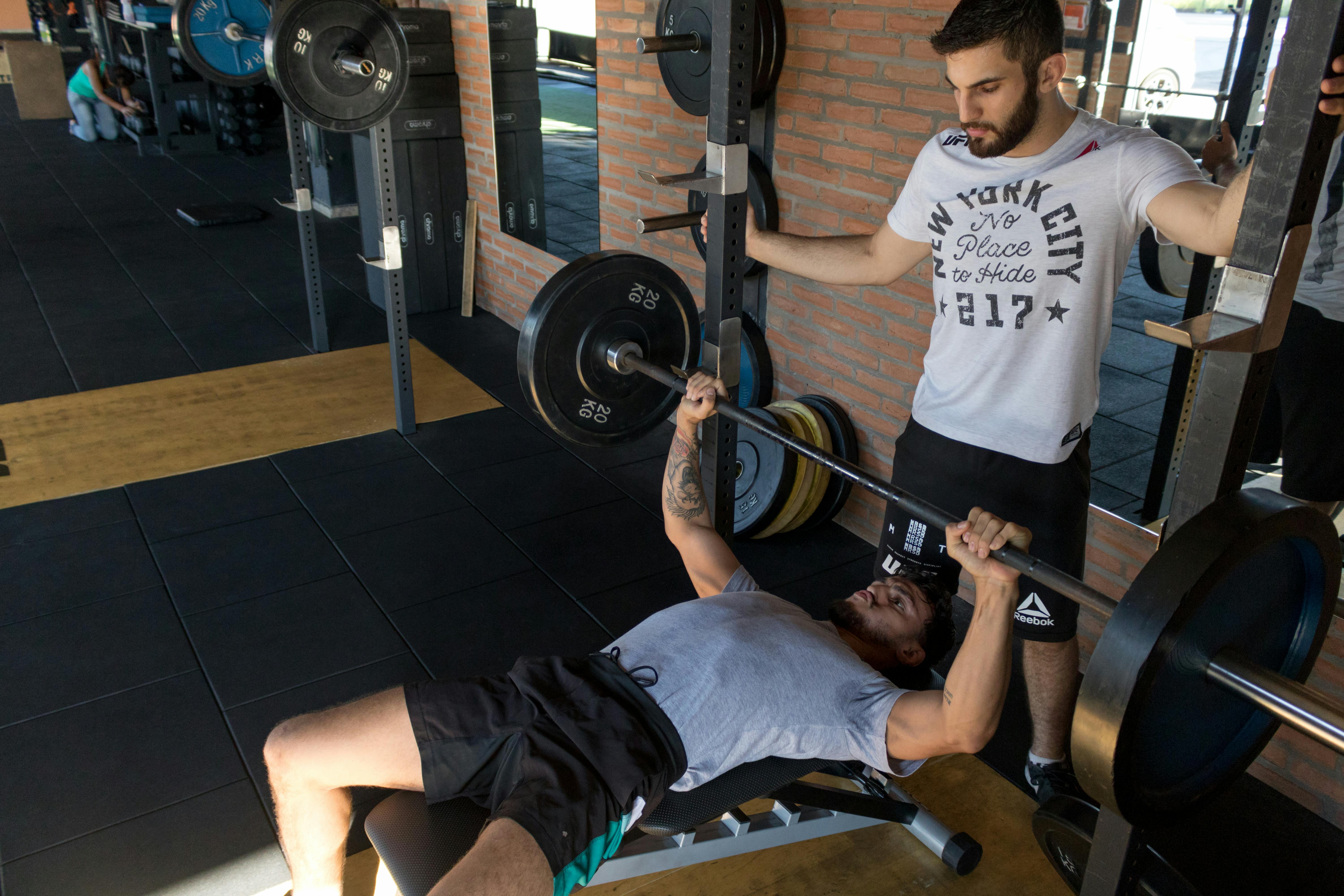Personal trainers play a crucial role in helping individuals achieve their fitness goals through a highly personalized approach. This customization is essential for addressing the unique needs, preferences, and limitations of each client. Here’s how personal trainers tailor their approach to individuals:
1. Initial Assessment and Consultation
The first step in a personalized training program is a thorough initial assessment and consultation. Personal trainers gather detailed information about the client’s health history, fitness level, lifestyle, and specific goals. This process may include physical fitness tests, body composition analysis, and discussions about past injuries or medical conditions. Understanding these factors allows the trainer to create a safe and effective workout plan tailored to the individual’s needs [1].
2. Goal Setting
Setting realistic and achievable goals is a critical component of a personalized training approach. Personal trainers work with clients to define clear, measurable objectives, whether they aim to lose weight, build muscle, improve cardiovascular health, or enhance athletic performance. These goals are tailored to the client’s aspirations and timeline, providing a structured pathway to success [1].
3. Customised Workout Plans
One of the primary ways personal trainers customize their approach is by designing individualized workout plans. These plans are based on the client’s fitness assessment results, goals, and preferences. For instance, a client looking to build strength will have a different workout regimen compared to someone focused on improving endurance or flexibility. The trainer selects exercises that target the client’s specific areas of interest and adjusts the intensity and duration of workouts to match their current fitness level [4].
4. Monitoring Progress and Adjusting Plans
Personal trainers continuously monitor their clients’ progress and adjust their workout plans accordingly. Regular check-ins and assessments help trainers track improvements in strength, endurance, flexibility, and overall fitness. Based on these observations, trainers can modify exercises, increase or decrease intensity, and introduce new challenges to keep the workouts effective and engaging. This dynamic approach ensures that clients are consistently progressing towards their goals [2].
5. Addressing Individual Preferences and Limitations
A personalized approach also involves considering the client’s preferences and limitations. Trainers take into account what types of exercises the client enjoys and any specific dislikes to create a more enjoyable fitness experience. Additionally, they consider any physical limitations or injuries, modifying exercises to prevent strain and promote healing. This attention to individual needs helps prevent injuries and ensures a sustainable and enjoyable fitness journey [3].
6. Providing Education and Support
Educating clients about the principles of fitness, nutrition, and healthy lifestyle choices is another key aspect of a personalized training approach. Personal trainers offer valuable insights and tips on how to maintain a balanced diet, stay motivated, and incorporate physical activity into daily life. This education empowers clients to make informed decisions and adopt sustainable habits that contribute to their overall well-being [4].
7. Building a Relationship
Finally, building a strong trainer-client relationship is fundamental to personal training. Trainers who establish trust and open communication with their clients can better understand their needs, motivations, and concerns. This relationship fosters a supportive environment where clients feel comfortable discussing their progress, challenges, and achievements. The personalized attention and encouragement from a dedicated trainer can significantly boost a client’s confidence and commitment to their fitness goals [6].
In conclusion, personal trainers customize their approach through thorough assessments, individualized goal setting, tailored workout plans, continuous monitoring, and addressing personal preferences and limitations. By providing education, support, and building strong relationships, trainers create an environment where clients can thrive and achieve their fitness aspirations.







